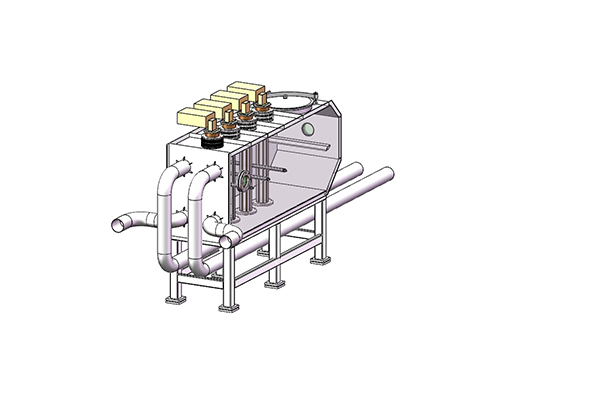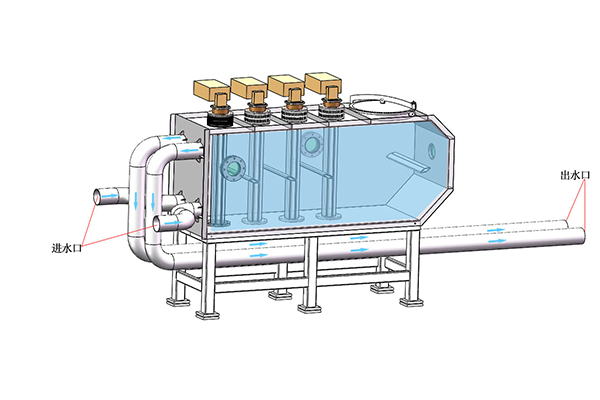
VOCS catalytic combustion waste gas treatment equipment in paint shop: Catalytic combustion equipment is a kind of deodorization and deodorization waste gas treatment equipment. The concept of catalytic combustion is to use the catalytic incineration reaction of combustibles under the effect of catalyst and certain temperature conditions. Combustibles are burned under the effect of catalyst. Compared with direct incineration, catalytic incineration has a lower temperature and is quite safe. Catalytic principle and equipment composition (1) Catalyst is defined as a substance that can improve the rate of chemical reaction, control the direction of reaction, and keep its chemical properties unchanged before and after reaction. (2) The mechanism of catalytic effect The mechanism of catalytic effect is a very complicated problem, which is only briefly introduced here. In a chemical reaction process, the participation of the catalyst cannot change the original chemical balance, but only the speed of the chemical reaction. Before and after the reaction, the nature of the catalyst itself does not change. So, how does the catalyst speed up the response? The catalyst has not changed before and after the reaction, so has the catalyst participated in the reaction? In practice, the catalyst itself has participated in the reaction. It is because of its participation that the reaction has changed the original path, reduced the activation energy, and then accelerated the reaction speed. For example, the reaction A+B → C is transited through the central active complex (AB), that is, the reaction speed of A+B → [AB] → C is slow. After participating in catalyst K, the reaction is completed in an easy way: A+B+2K → [AK]+[BK] → [CK]+K → C+2K center no longer needs the transition from [AB] to C, and then the reaction speed is accelerated without changing the catalyst properties. (3) Process composition of catalytic incineration equipment: different emission occasions and different exhaust gases have different process flows. However, no matter which process flow is adopted, it is composed of the following process units. ① Waste gas pretreatment In order to avoid blocking of the catalyst bed and catalyst poisoning, it is necessary to pretreat the waste gas before entering the bed to remove the dust, droplets and catalyst poisons in the waste gas. ② Preheating equipment Preheating equipment includes waste gas preheating equipment and catalyst incinerator preheating equipment. Because all catalysts have a catalytic activity temperature, it is called catalyst ignition temperature for catalytic incineration. It is necessary to make the temperature of exhaust gas and bed reach the ignition temperature before catalytic incineration. Therefore, it is necessary to set up preheating equipment. However, for occasions where the exhaust gas temperature is high, such as enameled wire, insulating material, baking varnish, etc., and the temperature can reach more than 300 ℃, preheating equipment is not required. The hot gas heated by the preheating equipment can be arranged in the heat exchanger and bed. The heat source of the preheater can be flue gas or electric heating, and now electric heating is more used. When catalytic reaction starts, exhaust gas can be preheated with recovered reaction heat as far as possible. In the case of high reaction heat, waste heat recovery equipment should also be set to save power. The heat source temperature of preheated exhaust gas generally exceeds the catalyst activity temperature. In order to maintain the catalyst, the heating equipment should be kept a certain distance from the catalytic incineration equipment, so that the exhaust gas temperature can be evenly distributed. Starting from the need for preheating, catalytic incineration is applicable to the purification of continuous exhaust. If intermittent exhaust, not only each preheating needs energy, but also the reaction heat can not be recycled, which will result in great power waste. This should be noted in planning and selection. ③ Fixed bed catalytic reverberator is generally selected as catalytic incineration equipment. The planning of the reverberator shall be carried out according to the standard, which shall be convenient for operation, repair and catalyst loading and unloading. In the process planning of catalytic incineration, it is necessary to plan the built-up process of components according to the specific situation in the case of large air volume, that is, the preheater and the reverberator are installed separately, and the pipes are connected between them. For occasions with small air volume, catalytic incinerators can be selected to combine preheating and reaction, but pay attention to the distance between preheating section and reaction section. In the catalytic incineration of organic waste gas, the organic waste gas to be treated is easy to explode when mixed with air at high temperature, so the safety problem is very important. Therefore, on the one hand, it is necessary to control the mixing ratio of organic matter and air to keep it at the lower explosive limit; On the other hand, the catalytic incineration system should be equipped with monitoring and alarm equipment and explosion-proof measures.
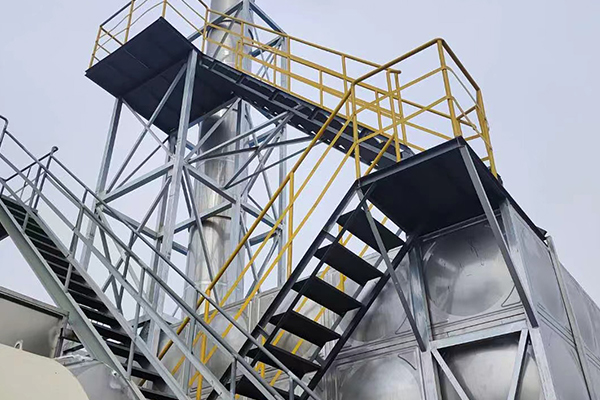
Application industry: It is applicable to the disinfection and preservation of air, water, objects, fruits and vegetables, grains and other viruses and bacteria, grain storage, feed bait, marine lakes and other bacterial carriers in indoor and outdoor spaces of all walks of life.
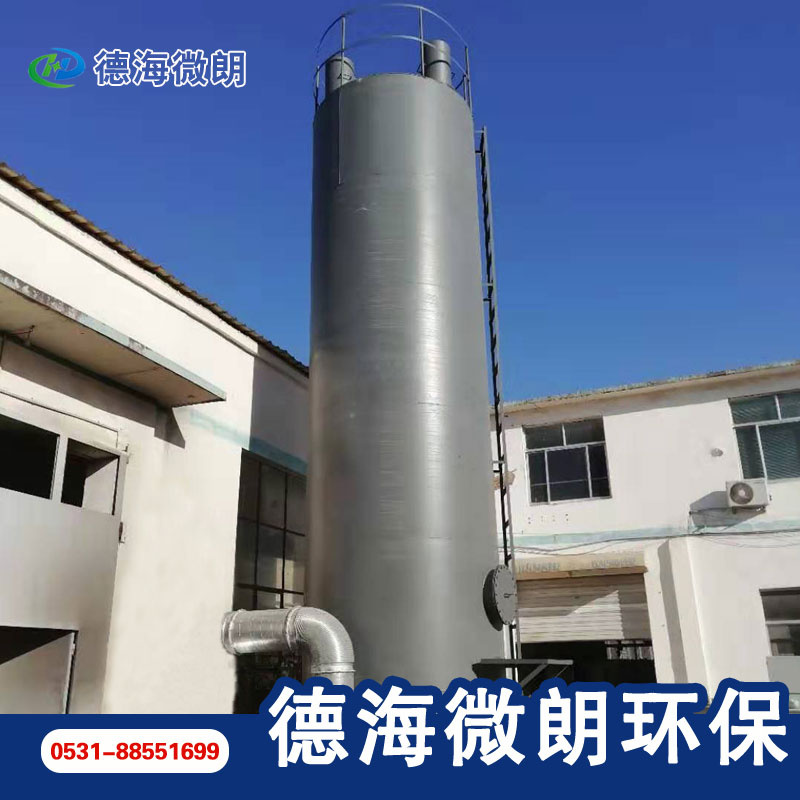
The catalytic combustion equipment for waste gas treatment is mainly used as a supporting part of the catalytic bed electric heating oxidation combustion system in the CO/RCO adsorption+desorption+catalytic combustion system. It is widely applicable to the purification and odor elimination of hazardous waste gas volatilized or leaked from painting, printing, household appliances, footwear, plastics and various chemical workshops, and is suitable for low concentration (1501000) The organic waste gas that is not suitable for direct combustion or catalytic combustion and recovery treatment will be concentrated by activated carbon adsorption, and then the high concentration organic waste gas will be removed through the desorption procedure and sent to the unit for thermal oxidation reaction. The self heating effect of the organic waste gas catalytic reaction can greatly reduce the heat consumption of the electric heater, especially for the treatment sites with large air volume, Satisfactory economic and social benefits can be obtained. Application scope of exhaust gas catalytic combustion equipment: 1. Industrial applications: common pollutants discharged from petrochemical, light industry, plastics, printing, coating and other industries; 2. Waste gas type application: hydrocarbon compounds (aromatics, alkanes, olefins), benzene, ketones, phenols, alcohols, ethers, alkanes and other compounds; Features of catalytic combustion equipment for waste gas treatment: 1. Convenient operation: fully automatic control during operation. 2. Low energy consumption: during normal operation, the equipment operates at low power (or no power) because the exhaust gas has some concentration. 3. Stable performance: pressure relief and self protection, fire resistance and dust removal, over temperature alarm and automatic control. 4. Low resistance: honeycomb ceramic catalyst impregnated with today's advanced precious metal palladium and platinum has a large specific surface area. 5. Small floor area: only 70% of the same products in the same industry. 6. Long service life: the catalyst is usually replaced within 4 years
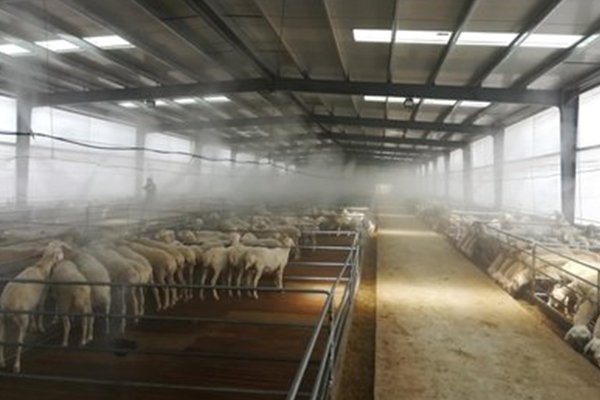
Application industry: welding dust, cutting dust, laser welding dust, plasma cutting dust, polishing dust, drilling dust, mixing and blanking, etc.
I. Efficient deodorization II. No substances need to be added III. Strong adaptability IV. Low operation cost V. No treatment VI. Small area of equipment VII. Manufacturing of high-quality imported materials
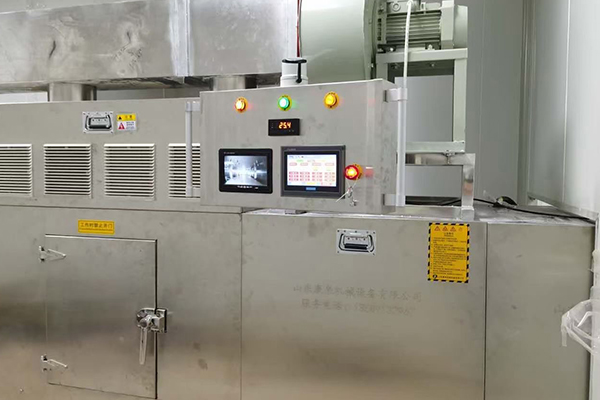
The simple answer is yes, even more organisms. The research shows that 254nm ultraviolet light is effective for all food borne pathogens, natural microbiota, mold and yeast. Deodorization of industrial waste gas programme Because the size and shape of microorganisms will affect their absorption of ultraviolet light, the time required to kill each species is also different. How does UV sterilize? Customized Deodorization of industrial waste gas The working principle of ultraviolet sterilizer, also known as ultraviolet disinfection or ultraviolet germicidal radiation (UVGI), is to destroy some chemical bonds, disrupt the structure of DNA, RNA and protein, resulting in the inability of microorganisms to reproduce. When a microorganism cannot reproduce, it is considered dead because it cannot reproduce in the host body and is no longer infectious.




